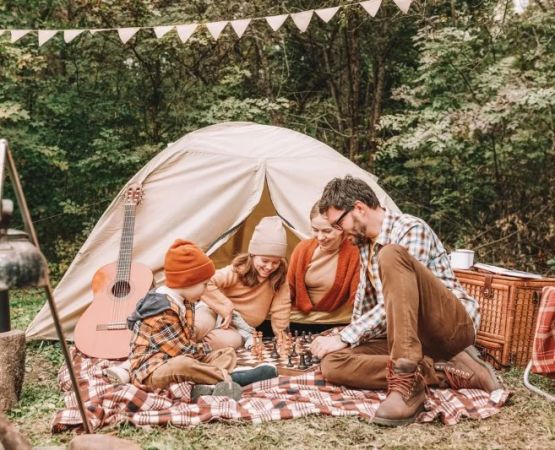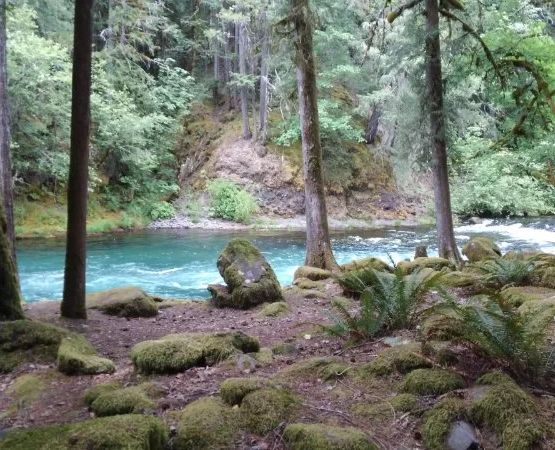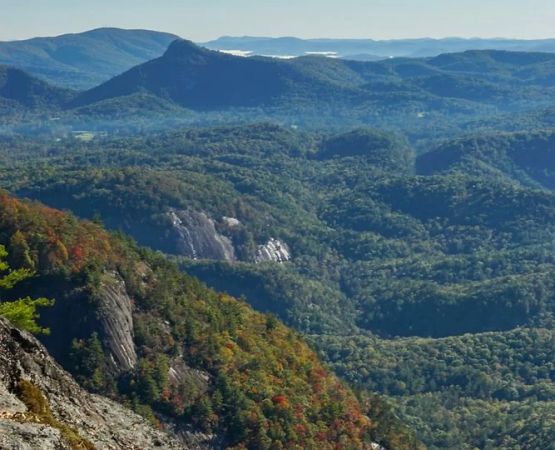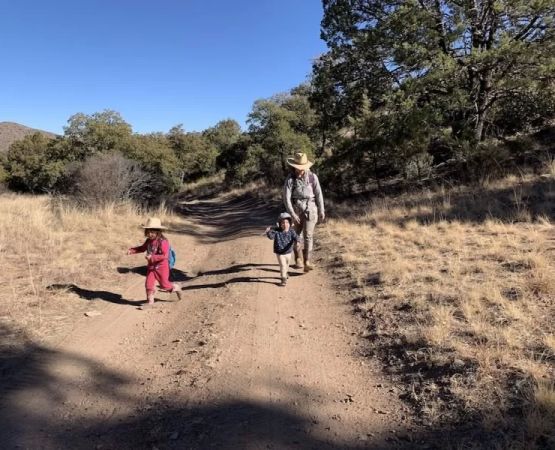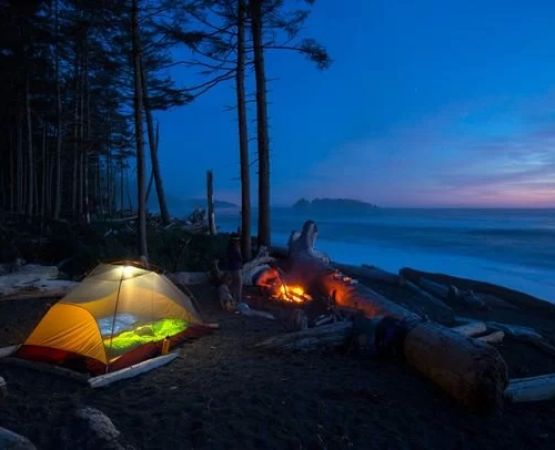- Why-campfire-beef-stews-are-a-camping-classic
- The-role-of-red-wine-in-enhancing-flavor
- Essential-ingredients-for-a-rich-campfire-stew
- Techniques-to-cook-beef-stew-over-an-open-fire
- Popular-variations-of-campfire-beef-stews
- Stories-and-real-experiences-from-campers
- Tips-for-making-stew-cooking-easier-while-camping
Why campfire beef stews are a camping classic
There’s something timeless about sharing a pot of hearty beef stew around a fire after a long day outdoors. Campfire beef stews are filling, flavorful, and versatile enough to feed both small families and large groups. They represent the kind of meal that brings people together, with the firelight adding to the sense of warmth and community. At places like Pine Cliff Resort, campers often talk about stew nights as the highlight of their trips, thanks to the combination of comfort food and the outdoor setting. Unlike quick snacks or light meals, beef stew provides the slow-cooked depth that makes camping meals memorable.
The role of red wine in enhancing flavor
Red wine has long been a secret ingredient in creating richer, more complex beef stews. The alcohol cooks off during simmering, leaving behind deep notes that elevate the dish. The acidity in the wine helps tenderize the beef, while the flavor layers beautifully with herbs, garlic, and onions. A robust cabernet or merlot often works best, adding boldness without overpowering the stew. Many campers note that once they tried adding wine, they never went back to making a stew without it. It’s this little touch that transforms a simple campfire dish into something restaurant-worthy.
Essential ingredients for a rich campfire stew
The foundation of any great stew is high-quality beef, often chuck roast or brisket, which becomes tender when slow-cooked. Alongside the beef, common ingredients include carrots, potatoes, celery, onions, and garlic. Fresh herbs like thyme, rosemary, and bay leaves deepen the flavor, while tomato paste and beef stock provide the stew’s savory backbone. Adding red wine not only enriches the taste but also blends the ingredients into a harmonious dish. Campers recommend prepping vegetables at home, storing them in containers, and simply combining everything in a Dutch oven once at camp. This approach saves time and ensures a stress-free cooking experience.
Techniques to cook beef stew over an open fire
Cooking beef stew outdoors requires patience and attention to fire management. A cast-iron Dutch oven is the best tool, as it retains heat and can withstand direct contact with coals. The stew should be simmered slowly, with coals placed beneath and around the pot. Some campers place a few coals on the lid to create oven-like conditions, ensuring even cooking. Stirring occasionally prevents sticking and helps all ingredients cook evenly. Depending on fire intensity, a stew may take 2–3 hours to reach perfection. This slow-cooking process is what makes the beef tender and the flavors meld beautifully together.
Popular variations of campfire beef stews
One popular version is the classic French-inspired beef bourguignon, made with red wine, mushrooms, and pearl onions. Another variation adds smoky bacon for extra depth, while some families prefer spicier stews with chili flakes or hot peppers. For campers seeking lighter meals, substituting sweet potatoes for regular potatoes offers a sweeter flavor and added nutrition. Some modern campers experiment with plant-based beef alternatives, ensuring everyone around the campfire can enjoy the dish. These variations show the flexibility of beef stew—it can be traditional, adventurous, or adapted to personal taste while still being deeply satisfying.
Stories and real experiences from campers
One camper recalls making a red wine beef stew at Pine Cliff Resort after a day of kayaking. The smell of simmering garlic and wine drifted across the campsite, drawing other campers to stop by and ask about the recipe. Another family shares how their tradition of making stew during annual trips became a way to pass down recipes from grandparents to grandchildren. These stories highlight how food cooked over fire isn’t just about nourishment—it’s about memory-making and tradition. When the stew pot is shared, it becomes a centerpiece of community and connection.
Tips for making stew cooking easier while camping
Preparation is key to enjoying campfire cooking. Cutting vegetables and portioning beef at home reduces prep time outdoors. Freezing beef chunks beforehand can also help keep coolers cold while saving time at camp. Always pack enough wood or charcoal, and keep a few long-handled utensils for safety. Campers recommend bringing resealable bags for leftovers, as beef stew tastes even better the next day after the flavors meld further. By organizing ingredients in advance, you can spend less time cooking and more time relaxing around the fire with family and friends.

